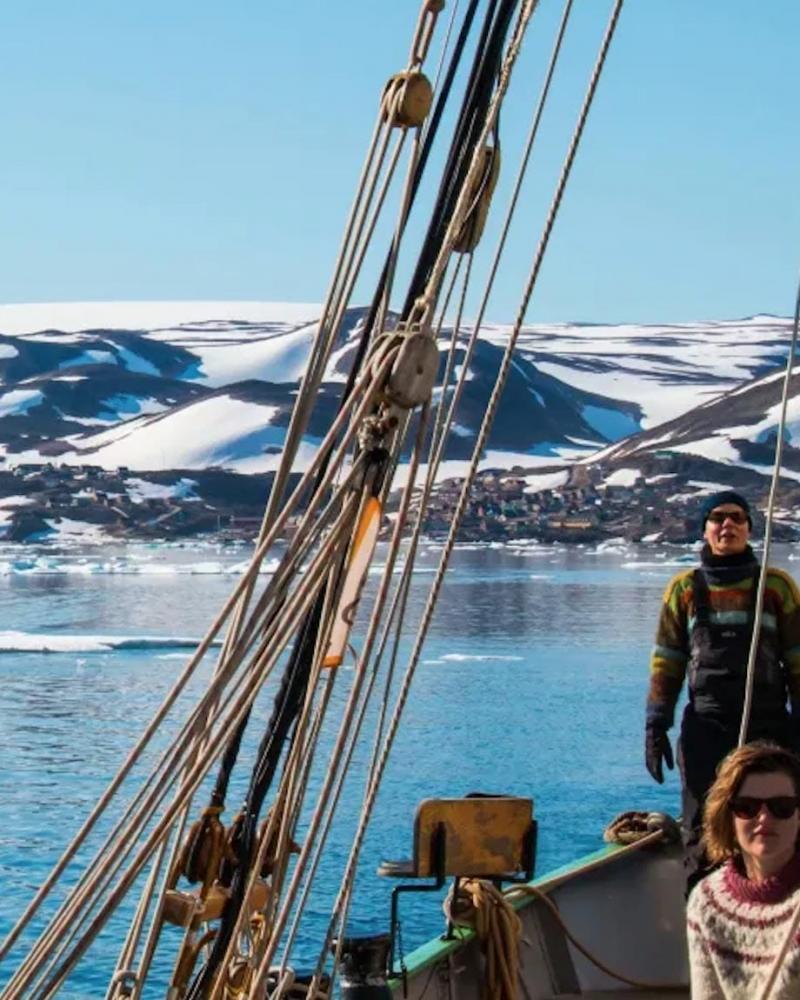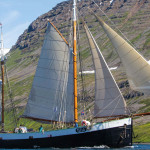South and East Greenland
Greenland and Iceland
Reykjavik > Nanortalik > Nuuk
Leaving the land of ice and fire we set of into the Greenland Sund. This is the stretch of water between Iceland and Greenland. A persistent fog bank will most likely state the border between these two worlds. When it lifts the first icebergs will be seen on the horizon. Depending on the weather we choose a spot for a landfall.
The East coast of Greenland is wild and rugged. It is mostly uninhabited and due to Storis (pack ice) brought down by the East Greenland Current, it is only accessible by boat for as long as the short summer lasts.
The nutritious waters around Greenland attract many sea mammals as well as birds. The many types of whales all come to feast on the krill and plankton. Ashore and on the pack ice, the king of the Arctic can be found. The polar bear hunts for seal and tracks the shorelines in search of a meal.
Greenland is home to the Inuit. Traditionally a nomadic people, making a living from hunting seal on the ice, and whales and birds from their sleek kayaks. In summer the tribes set out to their summer camps to hunt for Muskoxen and fish for Arctic Char. Making the most of the summer sun, with days that never seem to end.
Tasiilaq will most likely be our first land fall. Its colourful village offers a good example of modern-day Inuit live. The ‘day-hikes’ around the village are superb and soon make us want to set off into its dramatic scenery. The Ammassalik area is excellent cruising and very scenic. The ice chocked fjords make for some challenging navigation as do the narrow inlets and Island. There are hikes and some more serious rock scrambling for all levels of competence.
As we set of into the Greenland Sund we will pick one of the many secluded anchorages along the coast and fjords. The East Coast of Greenland is largely empty of people. One can go days without seeing another person. Wild live and unsoiled scenery on the other hand are abandoned! Our next highlight will be Ikerasassuaq, Prins Christian Sund. Mountains of over 1500 mtr rise on both sides. This narrow fjord connects West and East Greenland by an inner water way. If the fjord is not blocked by ice it is possible to take this inshore passage in to Viking country on the West coast.
As the Thule Inuit started to arrive in North West Greenland, the Viking Norsemen started to colonize the South West. Their brief stay in Greenland has puzzled historians for centuries. One thing was for sure, they were not as well prepared or ready to adapt to the harsh climate as the contemporary Inuit. An Iceland bound ship in the year AD 930 under the command of Norseman Gunnbjorn Ulfsson got blown of course and sighted the Skieries near modern day Tasiilaq. Unable (or not willing to…) land he quickly turned around and made a safe landfall in Iceland. It was not until AD 982 the famous red-haired Erik made a successful trip to the South West coast.
Chased out of Iceland by a blood feud he was keen to find a land of his own. Brattahlid (Qassiarsuk), at the head of the fjord, became the first building site of a Viking long house. On a return trip to Iceland, Erik turned one of the biggest selling campaigns ever into a huge success. He called the promised land Greenland. On arrival, the ships that did make the return passage with Erik, found that Greenland was not as green as promised. However, it was not long before the fjords where littered with small farms. The area became known as the Eastern Settlement, as later colonist settled in the area behind Nuuk, calling it the Western Settlement. The last contact with one of the colonies was from an Icelander who attended a wedding at Hvalsey.
What happened to the Norsemen I will leave to the experts? Whatever version you go with it makes for some interesting reading.
The last part of our trip winds through the inshore passages and fjords that don’t seem to end. The Scandinavian names date back to the Danish time. During this period most of the country was shut off from the outside world. It was not until the 1930’s, the curtain started to lift. The warmer water on the West coast of Greenland keeps it relatively free of ice and this is a big contrast to the East coast. All the little colourful settlements are busy with life during the summer months. Friendly faces come to enquire after our intentions and invite us to come ashore. Inuit life evolves around fishing, hunting and trading. It’s a special thing to be part of this even for a brief moment.
Ending our trip in Nuuk it might be worth staying one or two days longer. This bright little capital has many sights to offer. The national museum is well worth the visit. It has a great exhibition on the Thule and Dorset People. The hikes around the city are numerus and rewarding.
Sailing cruise details
- Embark
- Reykjavik, Iceland
- 11-07-2024 18:00 local time
- Disembarking
- Nuuk, Greenland
- 25-07-2024 10:00 local time
- price: € 3.450,-
- price 15-25 years: € 3.105,-
Included
- Accommodation
- Guide
- Meals
Not Included
- Flights
- Transport
- insurance
- Excursions / landing permits
Gesproken talen aan boord: Dutch, German, English

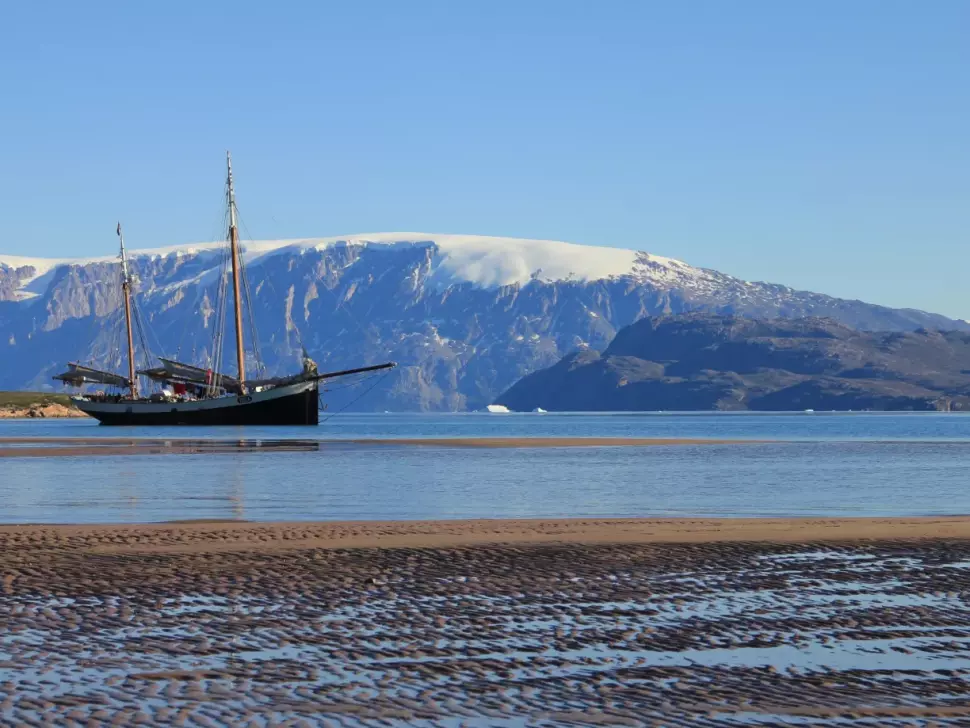
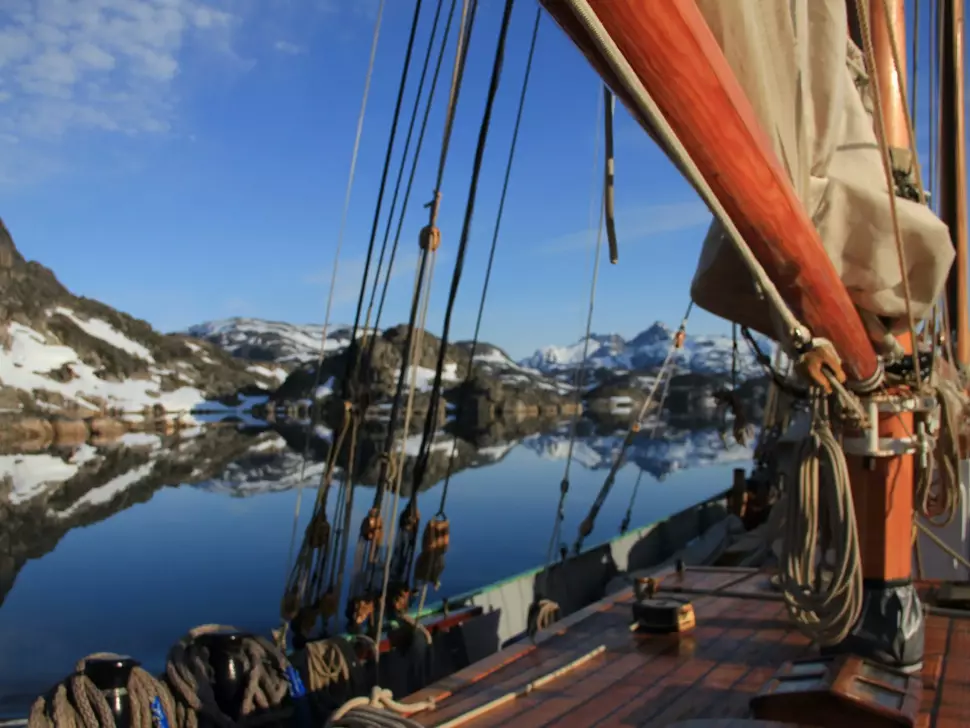
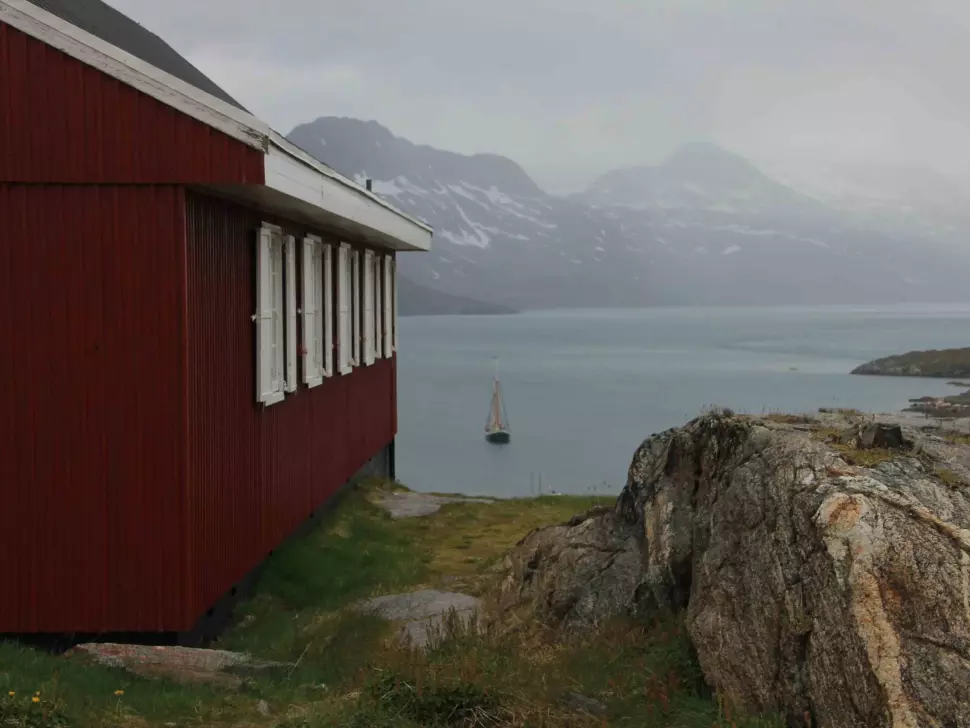
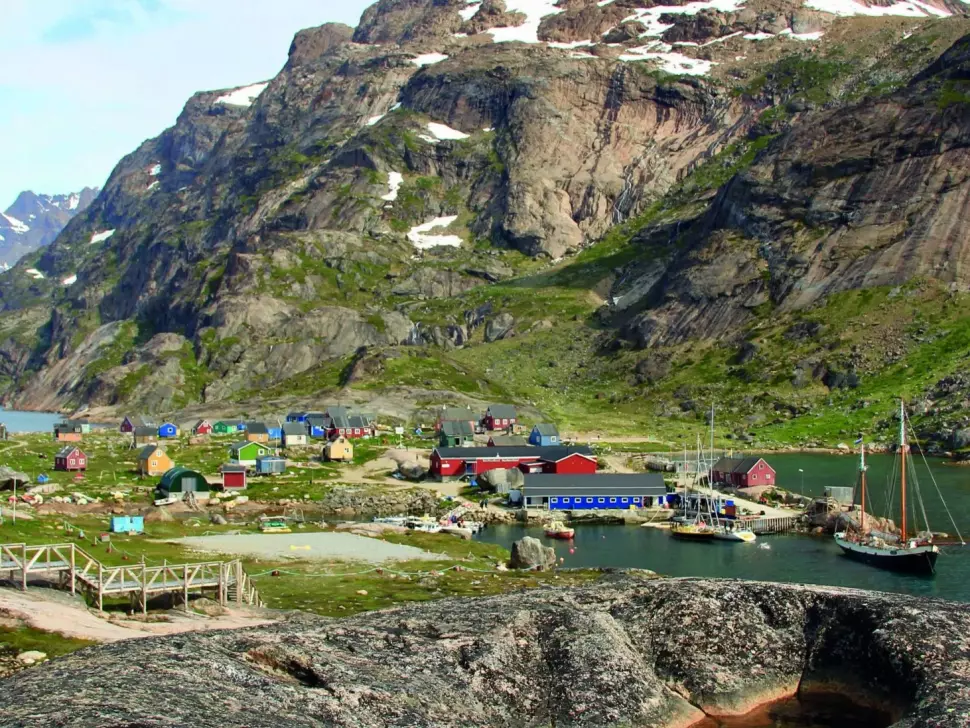
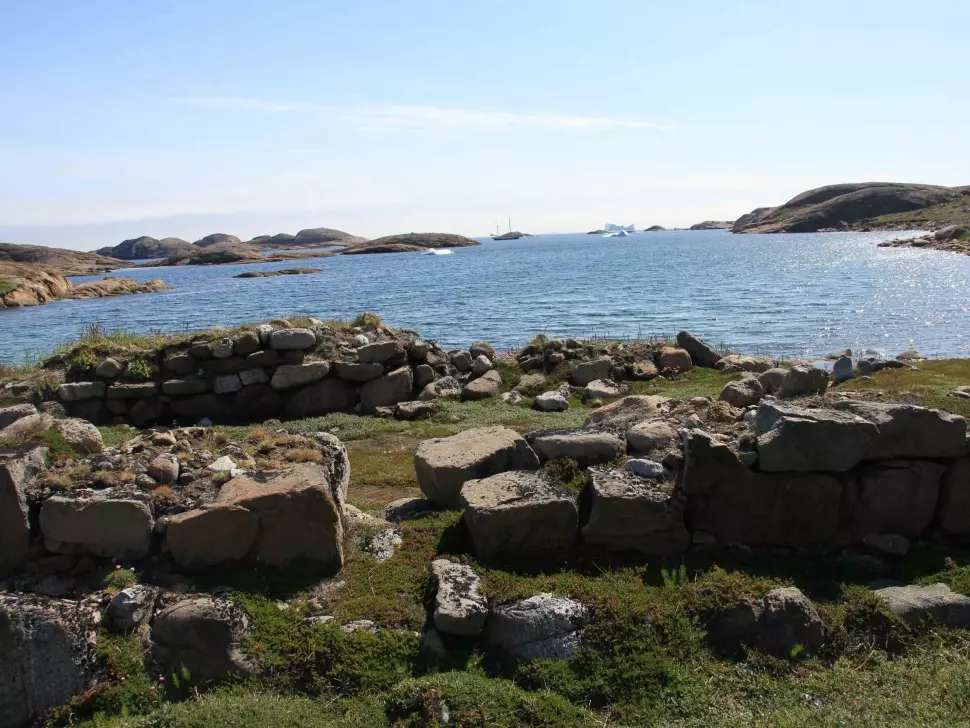
Day 1 : Welcome on board in Reykjavik, at 18:00 local time. First evening will be spend with introductions, to the crew, the expedition members and to safety on board.
Day 2 : Set along the Icelandic coast.
Day 3-7 : Sail across the Atlantic Ocean to the east coast of Greenland.
Day 8-11 :Explore the East Coast of Greenland
Day 12-13 : Explore the South Coast of Greenland
Day 14 : Make for Nuuk.
Day 15 : Disembark in the harbour of Nuuk at 10:00 local time.
Tecla
Bouwjaar 1915

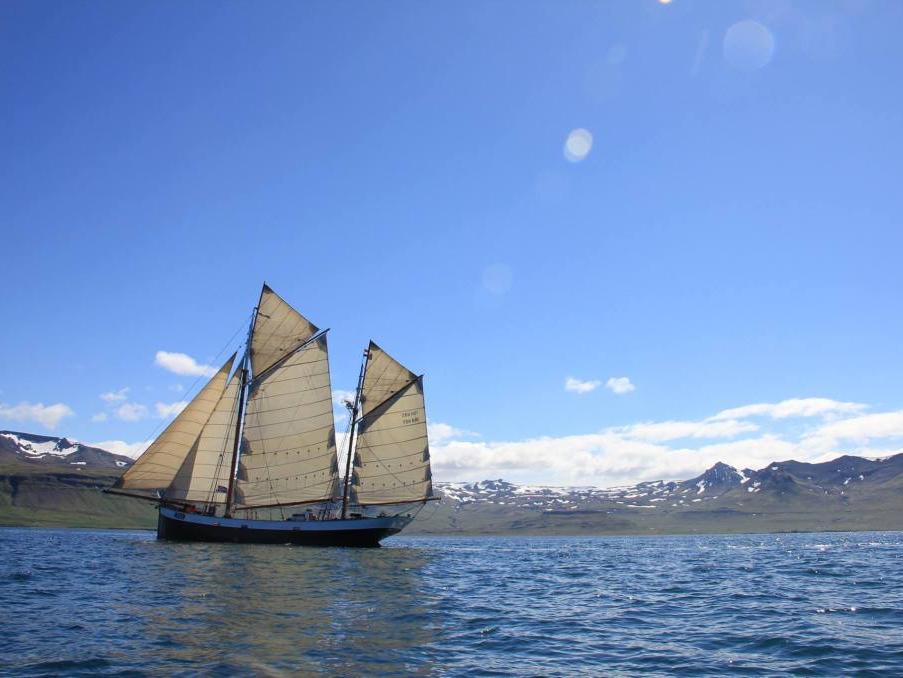
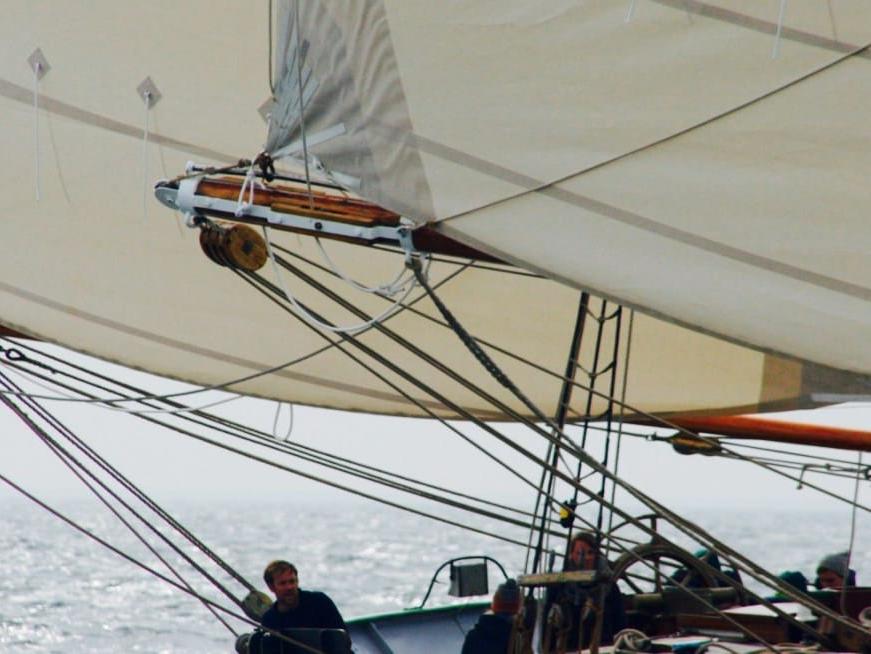
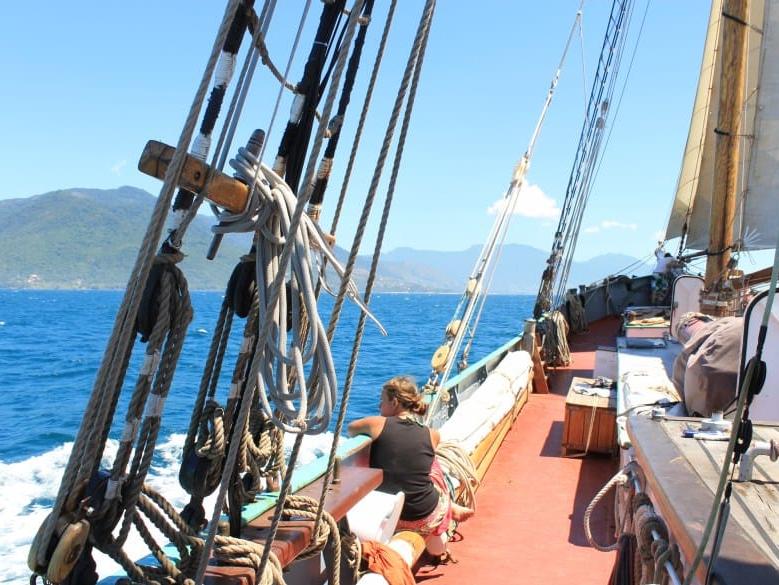
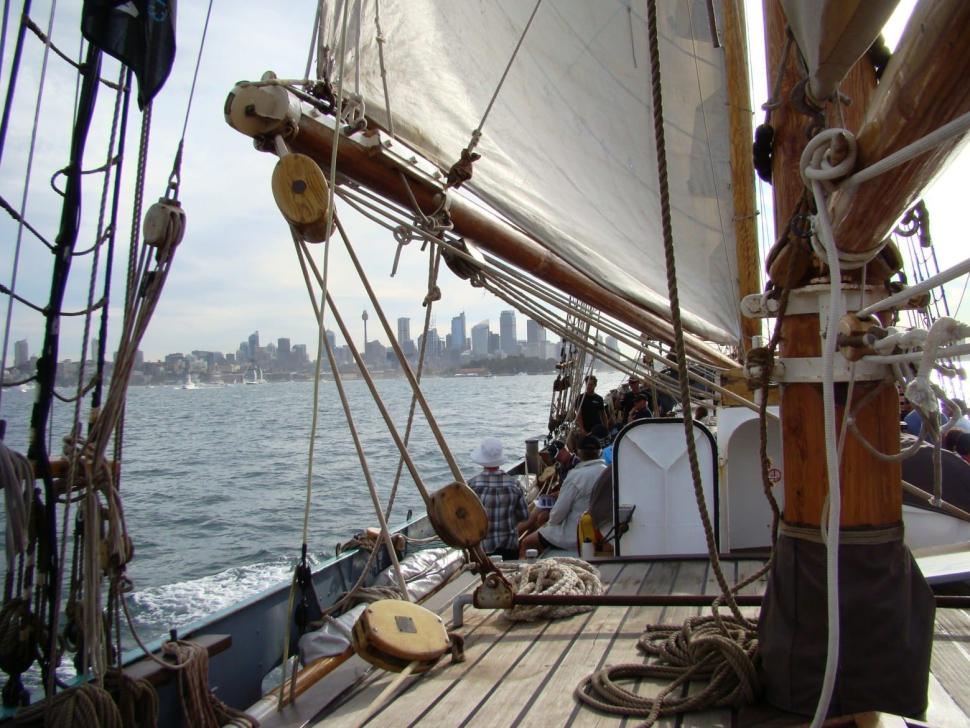

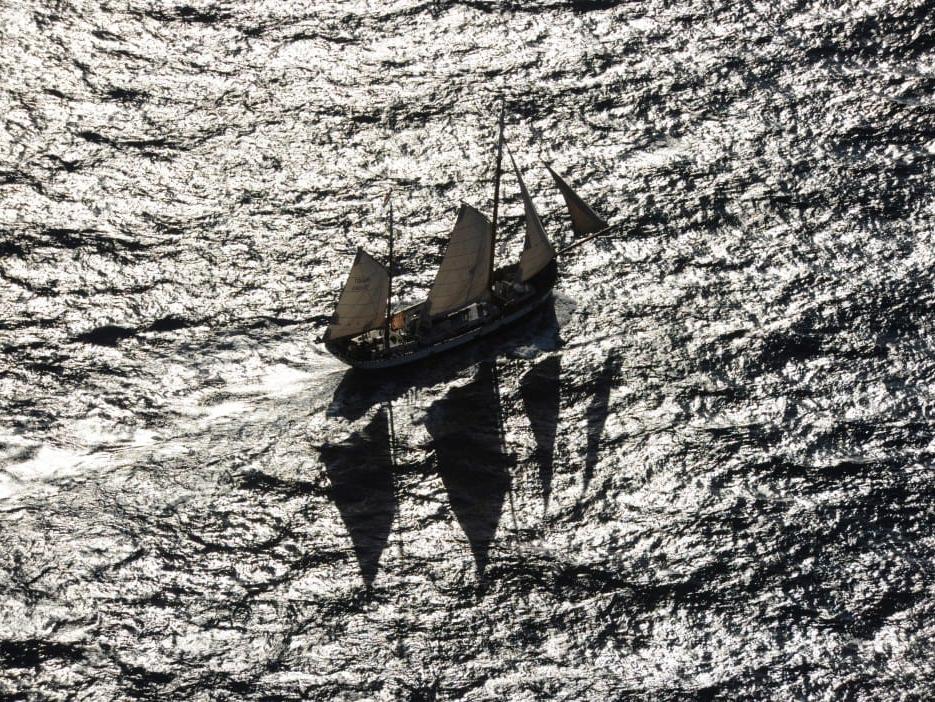

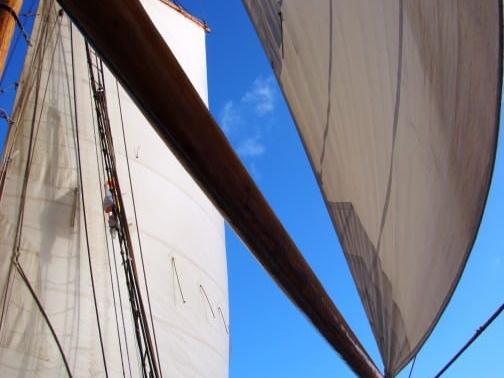
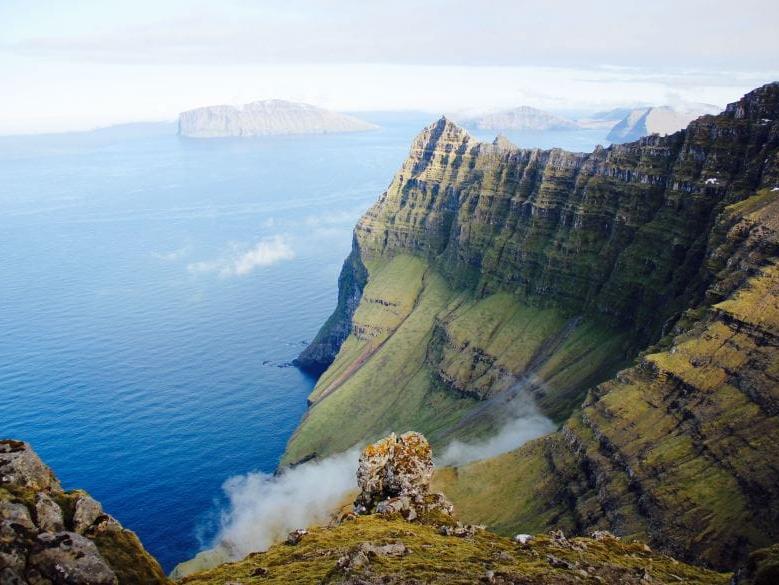
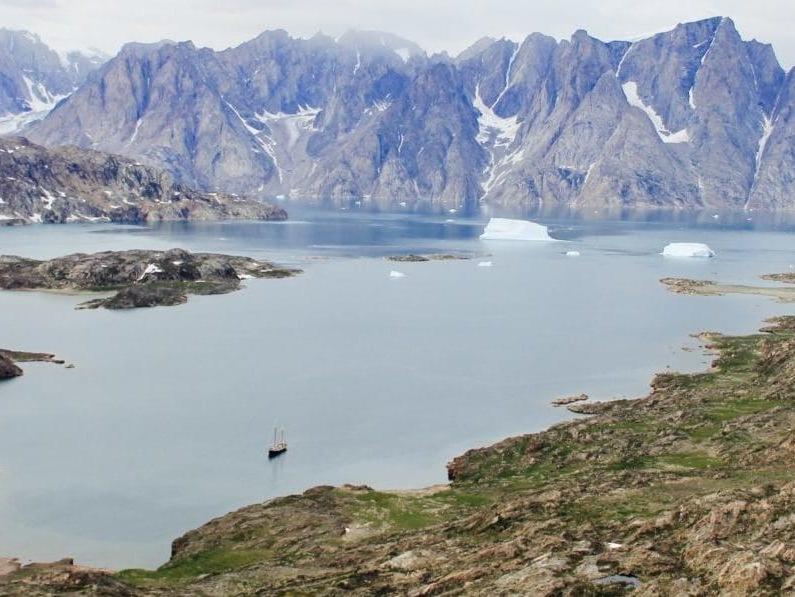
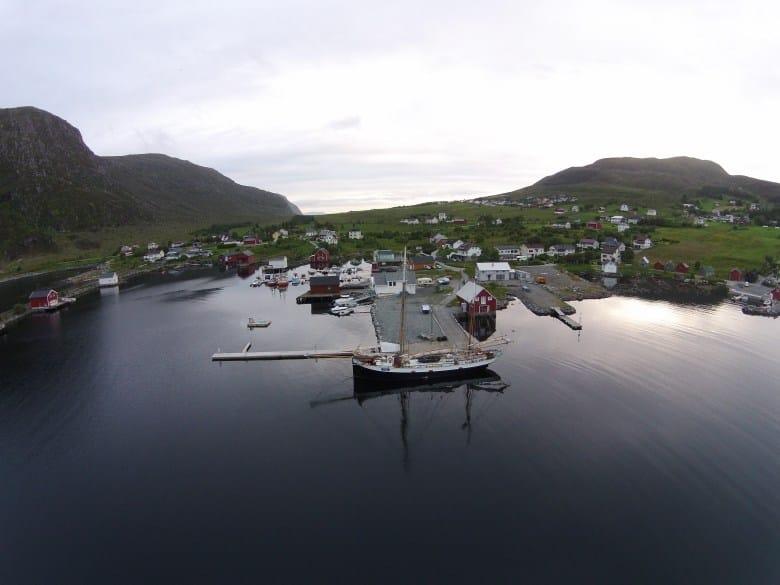
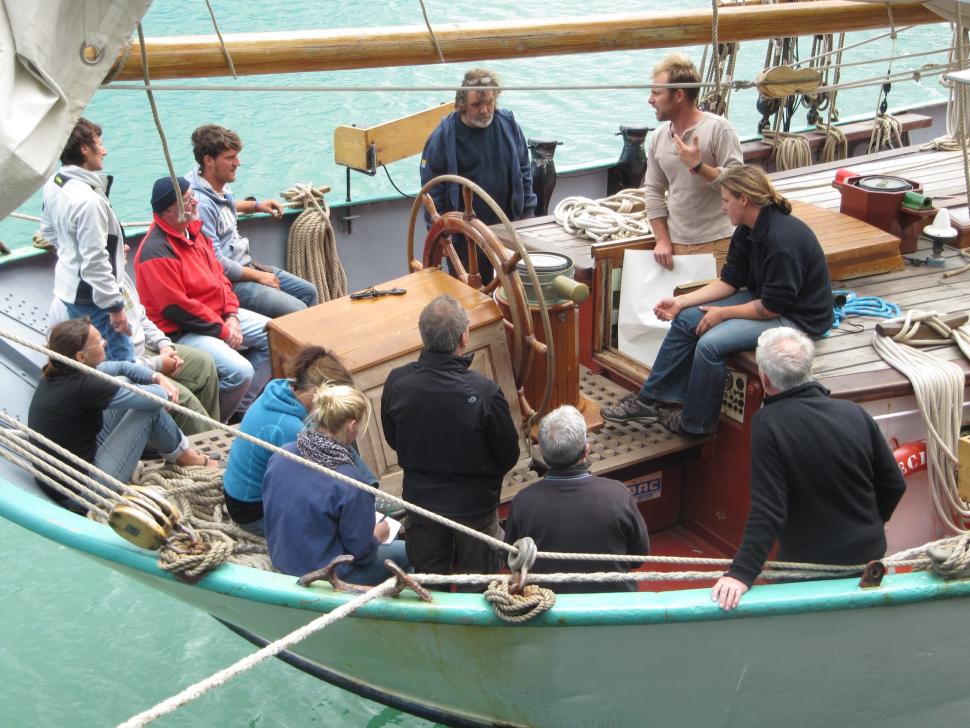
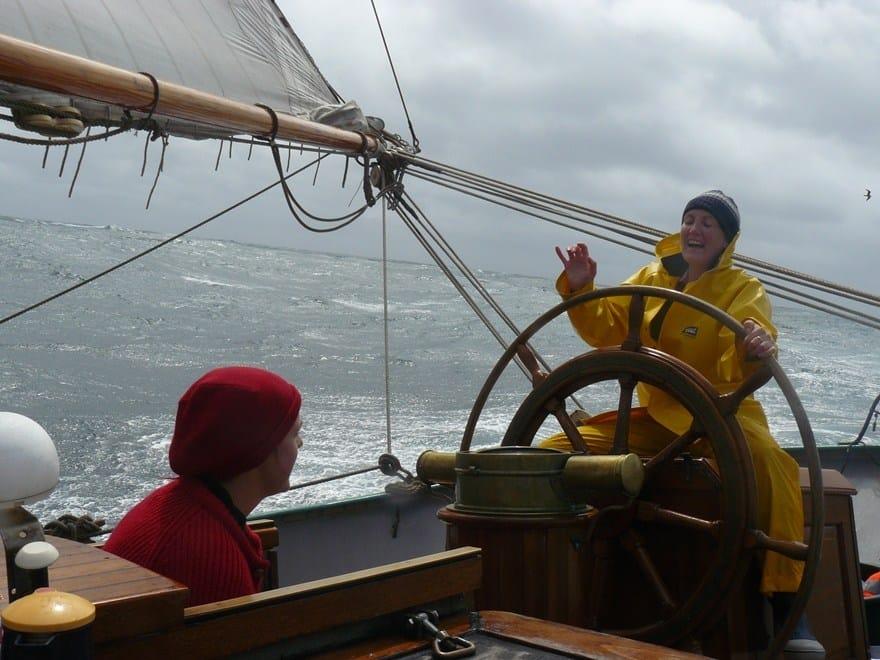
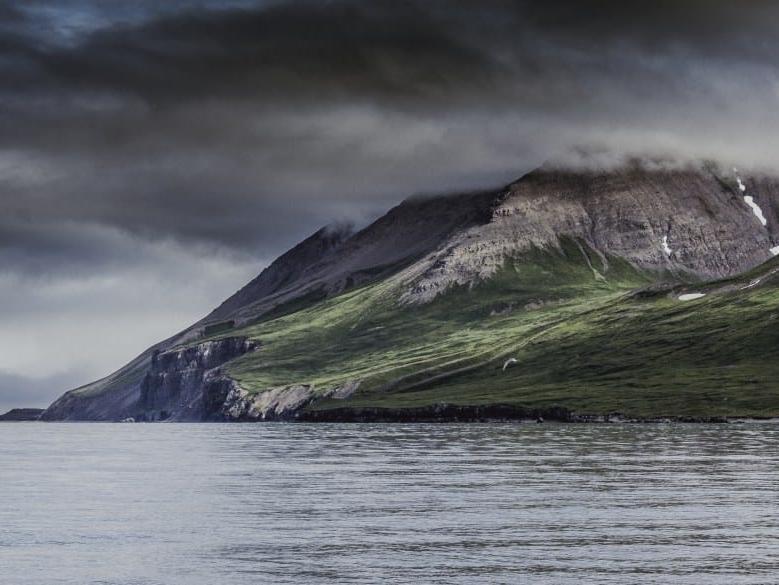

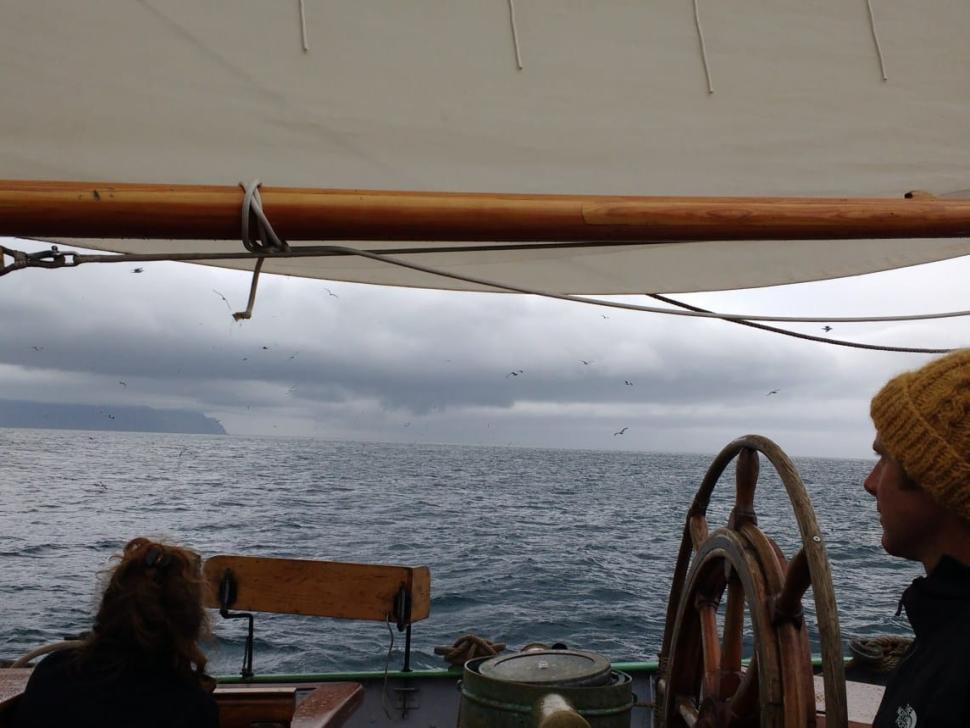
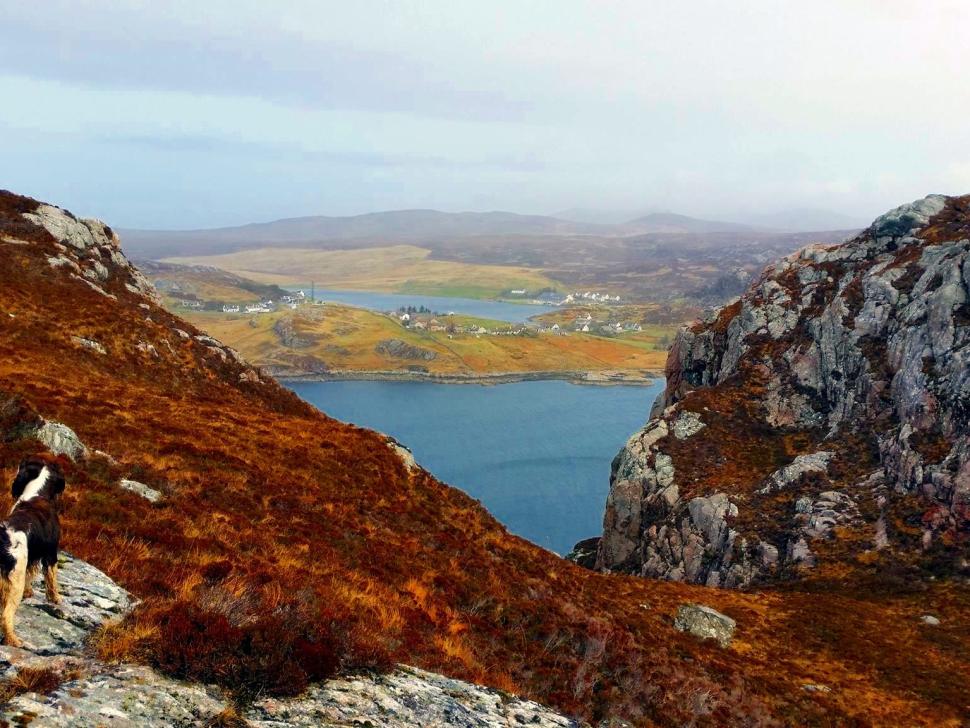

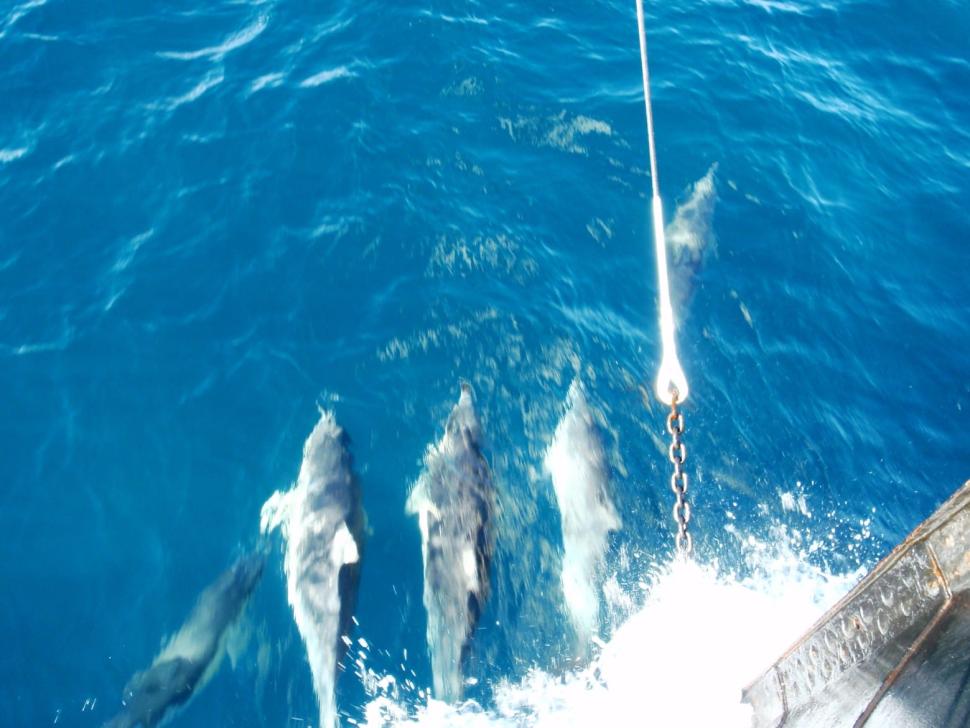
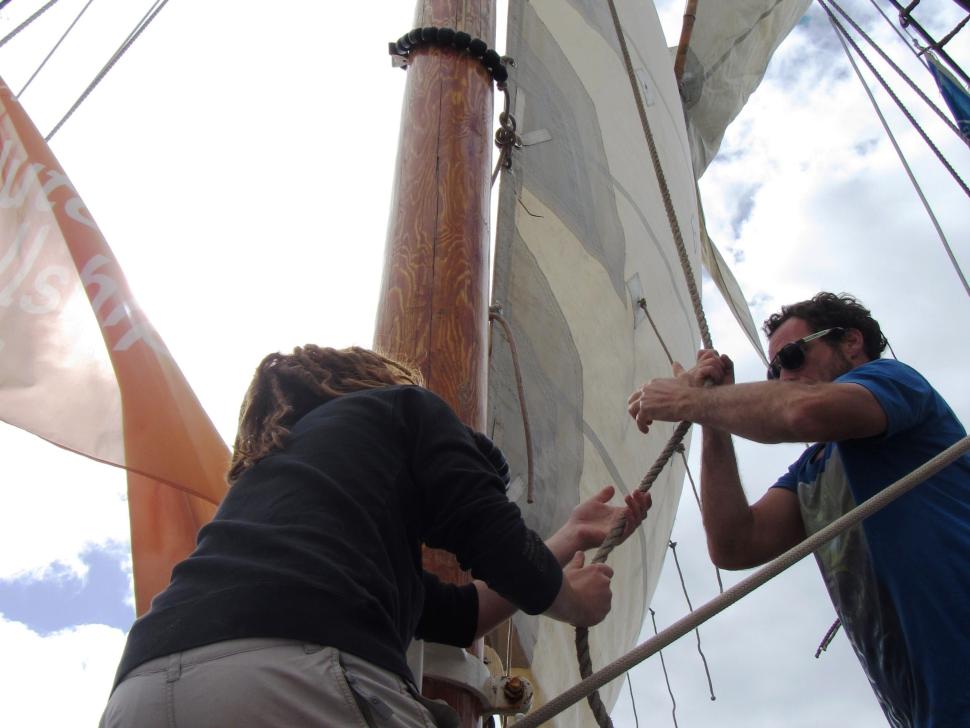

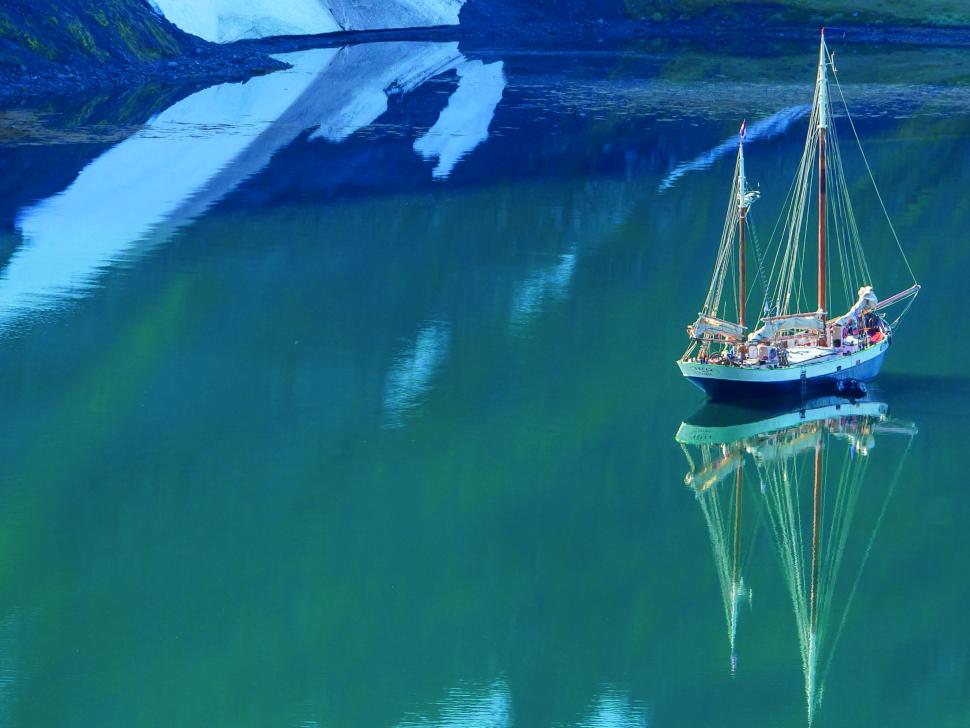
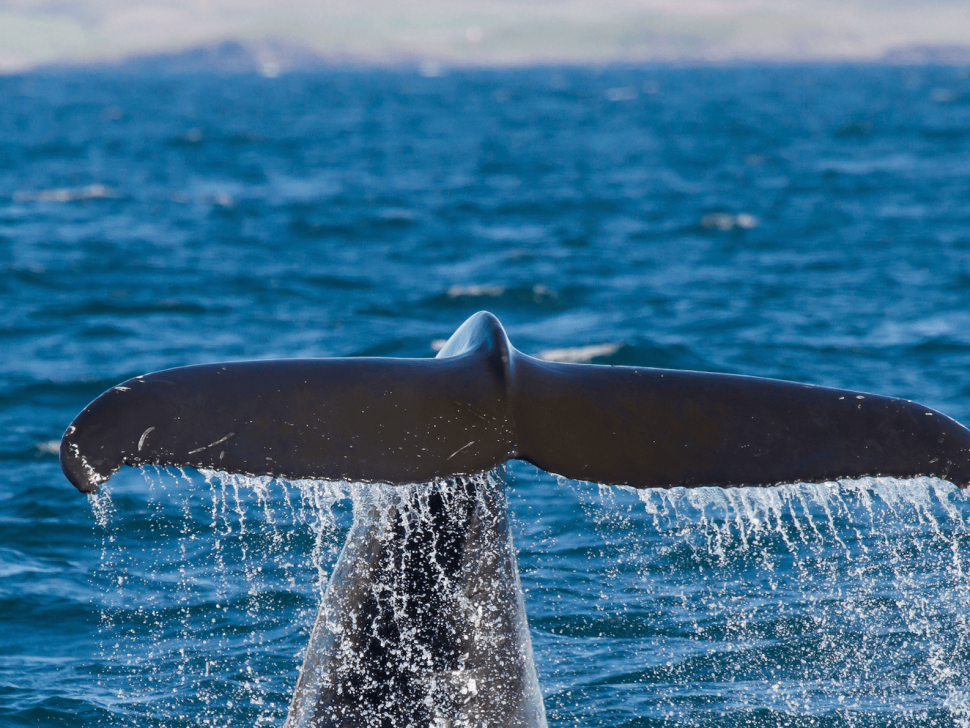

Tecla
The Tecla is a beautiful sailingship with a tough rig. Together with her crew she explores the remote places. One more accessible than the other. Tecla stands for adventure, nature, wonder and splendor. With this exceptional ship and its exceptional program you are good for a memorable trip.
Sail Training Program
On board the tecla we work with a Sail training program developed by the Dutch Sail Training Association (STAN). This sail training program is not only about learning to sail but uses sailing as a tool for personal development. Trainees on board are encouraged to step out of the comfort zone to experience new things. This applies to all ages! At the end of the trip, long or short, the trainees get a logbook containing the past process and how far they have come. Different skills are developed depending on the length of the trip. These can come in handy in a professional sailing environment as well as outside the maritime world.
Sail training makes sailing that slightly more than an active vacation.
